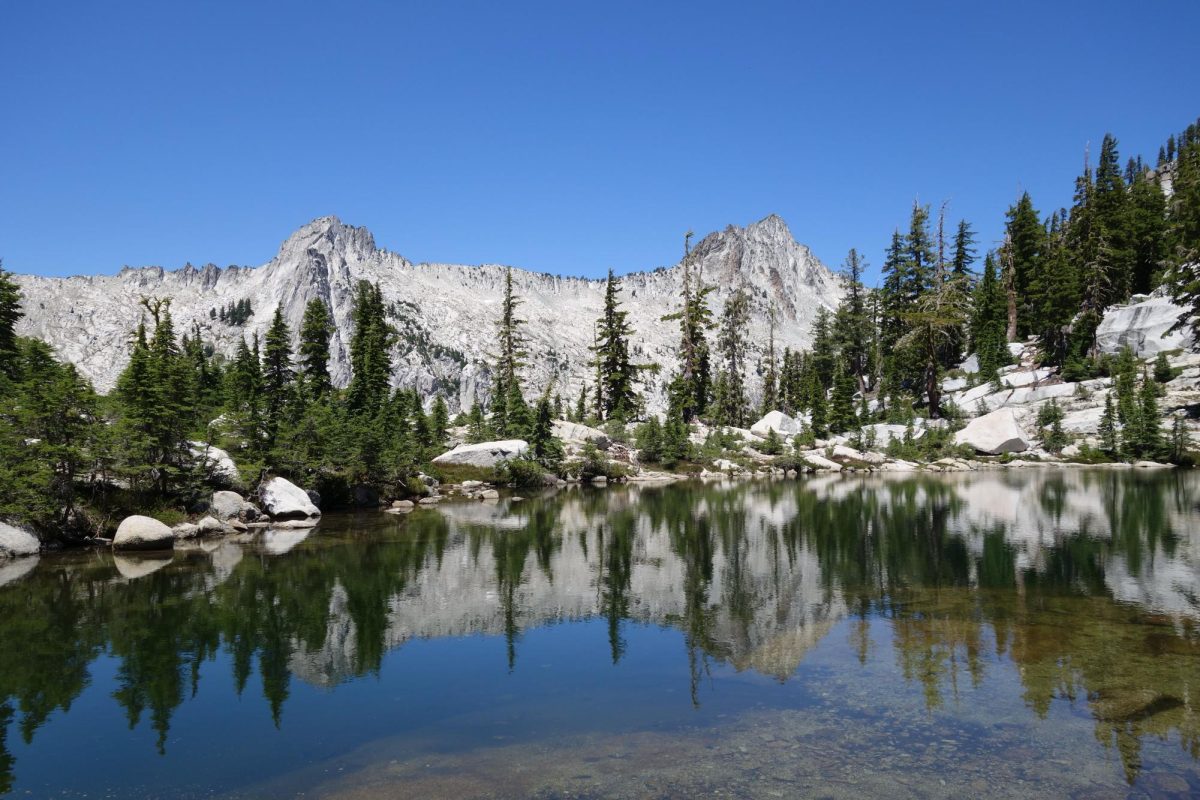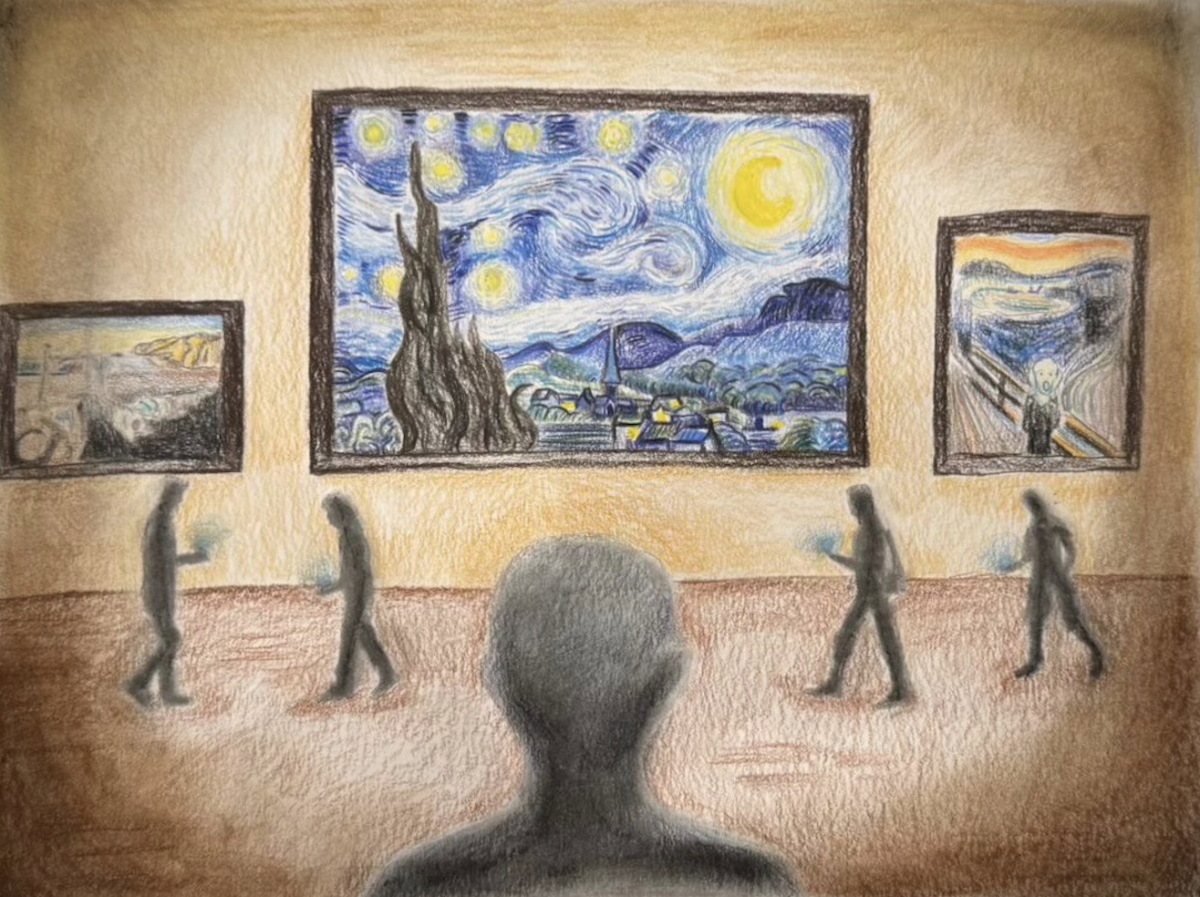National parks are shutting down.
This is not a post-apocalyptic statement, nor is it my prediction for the future; it is the United States’ current state of affairs.
Since President Donald Trump took office on Jan. 20, his slew of executive orders has disrupted universities, social services and federal employees across the nation. From putting a temporary pause on foreign aid spending to halting many divisions of government work altogether, the daily headlines stating “Trump shuts down” followed by the name of an agency now seem increasingly familiar.
In a Feb. 26 memo written by Director of the White House’s Office of Management and Budget Russell Vought and Acting Director of the Office of Personnel Management Charles Ezell, it is stated that the government is currently “costly, inefficient, and deeply in debt.” The memo reaffirms Trump’s statement that all agency heads must reduce staff sizes and develop reorganization plans before March 13 and then goes on to disparage how the United States is spending its money.
“Tax dollars are being siphoned off to fund unproductive and unnecessary programs that benefit radical interest groups while hurting hard-working American citizens,” the memo said.
Given that national parks are a federally-funded system, they too were hit with the dilemma of cutting staffers to cut government spending. Ultimately, thanks to a March 20 court order, the 1,000 staffers whose jobs were terminated are to be reinstated into their original roles as of March 27.
Despite the court’s decision, I still pose a question to Trump and his administration: Is attempting to remove something so integral to the American people really helping us?
The answer, as I see it so clearly in my eyes, is no — placing park rangers and staffers on leave to promote government “efficiency” has a clear negative effect on the nation’s citizenry by removing hundreds of jobs. From afar, the laid-off employees are simply that: a job lost that was worked by someone else. However, park employees have families to support, lives to live and dreams to accomplish. To improve efficiency and help the government sort out its spending, it should not be the case that thousands of people lose access to their primary sources of income. Is it unreasonable to expect that Trump, the United States’ president, considers the feelings and well-being of his people?
Excluding my disappointment, Trump’s recent policies have caused an entirely new feeling to resurface: a dormant nostalgia that I’ve been harboring since a very young age.
As my father often reminds me, the reason he and my mother chose to raise me in California was because of the immediate access to natural beauty we Californians have. Now, that is not to say that my five-year-old self understood or appreciated the natural beauty so accessible to me in the Bay Area, but after years and years of regular hiking, I’ve begun to develop a fondness for spending time in nature. Windy Hill Open Space Preserve, Foothills Nature Preserve, Henry Cowell State Park — I’ve just about hiked them all.
When I later conquered Yosemite National Park as an adolescent, I felt as though I was on top of the world. Upon exiting the Wawona Tunnel, I was greeted with the staggering El Capitan on my left, Half Dome on my right and a long, gushing waterfall off in the distance. Not only were these mountains the most beautiful natural structures I’d ever laid my eyes upon, but Yosemite’s winding rivers, dense greenery and rocky hikes were unparalleled by any local state park I’d ever set foot in. My father and I embraced this extraordinary trip, a culmination of our mutual love for hiking.
So, when I read the news that Saguaro National Park in Arizona would be indefinitely closing its visitors center on Mondays, it sparked my immediate concern. Days later, when I read that two Texas national parks faced the same fate after Trump put up two dozen federal properties for sale, I realized that Saguaro’s closure was not going to be an isolated incident. And then, upon digging, I discovered a Feb. 26 executive order released by Trump, the cherry on top of a slew of bad news.
“To the maximum extent permitted by law, all credit cards held by agency employees shall be treated as frozen for 30 days from the date of this order,” the order said. It then provided a brief list of exceptions to the impending shutdown.
With this freeze, park employees — who are regularly entrusted with making decisions and purchases for their respective national parks — are no longer able to spend their money on water, electricity or repairs to benefit their places of work. Without the ability to pay for the well-being of national parks, I see national parks’ futures growing dimmer and dimmer by the day.
Interestingly, this is not the first time government shutdowns have impacted national parks and their employees: From December 2018 to January 2019, national parks were completely unfunded by the government. During this bout, just over 3,000 “essential” employees retained their roles and were responsible for managing millions of acres of national parks. Based on data from the National Parks Conservation Association, the National Park Service lost approximately $400,000 each day from the lack of visitor fees alone.
Why does this matter? According to the Park Service, national parks rely heavily on tourists’ money to pay their employees’ salaries, maintain their infrastructure, uphold their buildings and protect their resources. In addition, national parks offer one more benefit that is frequently overlooked — they reap a large economic benefit for the nearby towns and communities, attracting tourists who need food, lodging and other services that these towns then provide. In fact, across the nation, visitor spending helped support 415,000 jobs in 2023. Laying off employees and cutting funding is tantamount to waving goodbye to both national parks and their neighboring areas.
Today, during this stretch of indefinite shutdowns, when the possibility of reaching a permanent compromise in the near future seems marginal, it is crucial that we do what we can to preserve national parks. Access to nature can dramatically reduce levels of stress and anxiety, thus improving mental health, according to “Nurtured by Nature,” a study by the American Psychological Association. For me and so many others, spending time in nature is an escape. As the United States continues to become even more city-oriented and industrialized, getting a break from the constant commotion and immersing oneself in nature is an incredibly rewarding experience.
To their employees, to our many citizens and to the entire globe, the United States’ national parks are a treasure. They offer a break from our concrete jungle, provide an oasis of peace and natural beauty and, most importantly, are relatively accessible to most Americans. In my opinion, to preserve the under-recognized positivity they bring, national parks should remain readily accessible to residents as they have been (besides a couple of blips) for decades. As their future grows uncertain, it is imperative that now, more than ever, we begin to recognize the beauty around us and do what we can to protect it. And some people are.
Resistance Rangers, a coalition of more than 1,000 off-duty National Park Service rangers, is one such example. With just over 77,000 followers on their official Instagram account, the group has quite a sizable grasp on nature- and conservation-focused activists across the country. Resistance Rangers has been promoting and organizing peaceful protests across the country, denigrating staffing cuts and funding freezes, since March 1: the day the group attempted to organize 433 protests at different national parks across the country. (Reportedly, at least 145 of these protests occurred.) In the Bay Area, protestors took to the Golden Gate National Recreation Area, near Muir Woods and the Presidio neighborhood. The aforementioned court order reinstating park employees came after nearly three weeks of protests from Resistance Rangers and other similar groups, and though a direct cause and effect is unclear, one thing is certain: Activists’ voices were heard.
Climate activists exemplify that having an active voice is a necessary step toward making change. As our beautiful parks are increasingly put in jeopardy, it is key that those who wish to preserve them take an active stance on the issue of federal spending and potential future staffing cuts. Whether that involves contacting a local representative or organizing community protests, change is possible, and — when advocacy actually has an impact — it can be tangible. In our democratic nation, it should never be the case that one group’s decisions — led by the brand-new Department of Government Efficiency, which has cut over $100 billion in federal spending — sends the entire nation on a path toward an unstable, unnatural future. Our future should mimic our beliefs: the 98% of Americans who believe national parks are among the best ways to enjoy nature.









